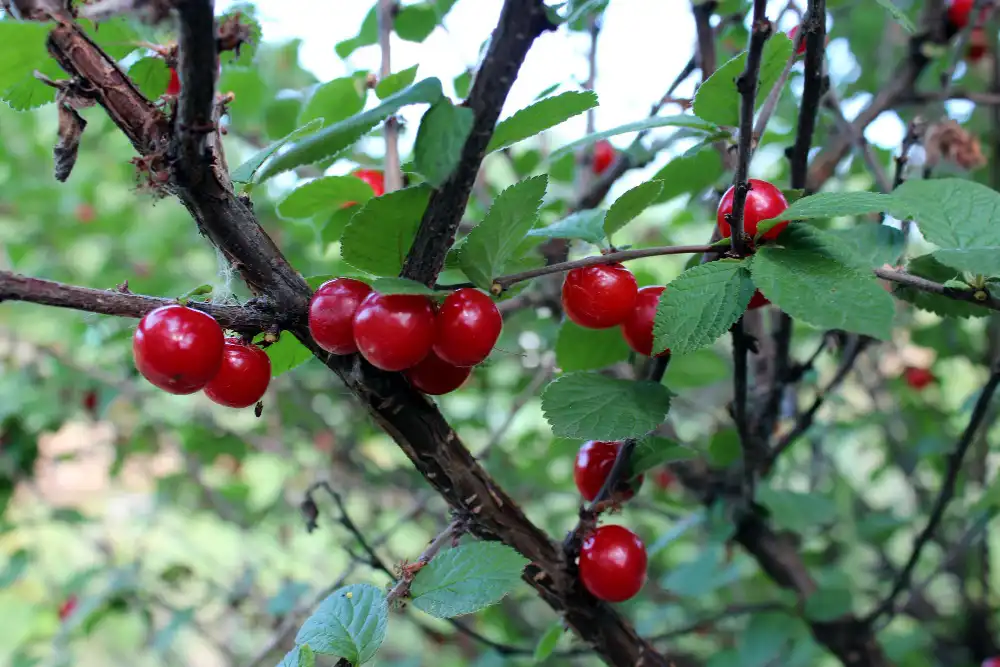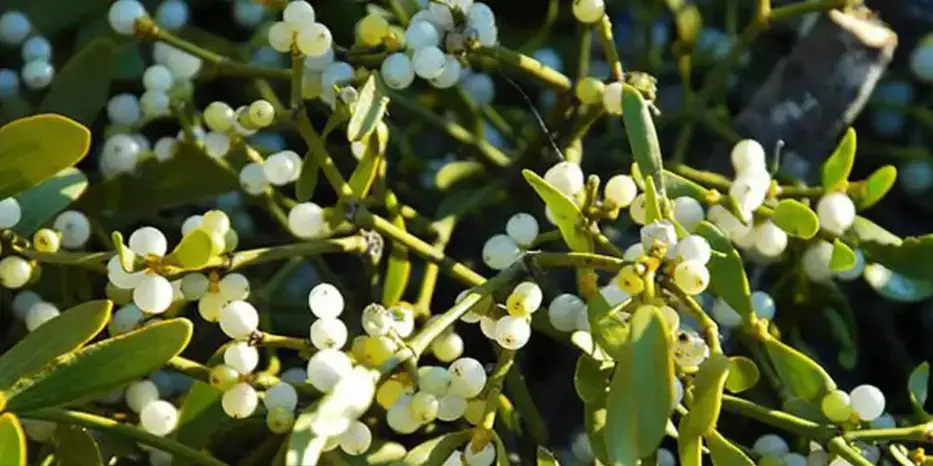
Soil Health & Fertilization
We unite suppliers and green industry professionals worldwide
There are very few plants that are able to provide an instant feeling of the tropics in the way that Calathea Orbifolia can.
By Victor Miller
|Published on June 09, 2025


“Did you know Calathea orbifolia is prized not just for its size but also its attractive, silver-striped symmetry that makes each leaf look like a living masterpiece?”
There are very few plants that are able to provide an instant feeling of the tropics in the way that Calathea Orbifolia can. This striking houseplant demands attention with its broad, round leaves and and shimmering silver-green stripes. Native to the warm, humid rainforests of Bolivia, its dramatic foliage is more than ornamental — it is part of a larger family of prayer plants, all known for their leaf movements and intricate designs.
Calathea Orbifolia is a statement-maker! It will surely stand out as one of the focal points of any interior plant styling. It’s a little high maintenance — particularly depending on the quality of your water and its humidity — but really, it’s surprisingly manageable once you get the basics right. The reward? Big, shiny leaves that make your space feel like a lush, modern jungle.
| Botanical Name | Goeppertia orbifolia |
| Common Name | Calathea orbifolia |
| Type | Tropical evergreen perennial |
| Height | 2–3 feet tall and wide indoors |
| Light requirements | Bright, indirect light |
| Soil needs | Moist, well-draining mix |
| Watering needs | Moderate; prefers distilled or filtered water |
| Hardiness Zones | 10–12 (USDA) |
| Bloom Time | Rarely flowers indoors |

September 25, 2025
9 minute read
September 24, 2025
9 minute read
September 23, 2025
10 minute read
September 22, 2025
9 minute read


Join as a seller and connect with thousands of B2B buyers nationwide!
Sign Up

Naked Lady
This unusual perennial gets its name from its habit of sending up striking pink blooms on tall, leafless stalks—seemingly out of nowhere—just as summer is ending.

Nanking Cherry
Nanking Cherry (Prunus tomentosa) is a fruiting shrub that deserves a starring role in both edible and ornamental landscapes. This hardy deciduous species delights with pale pink-white blooms in spring, followed by a heavy crop of bright red cherries.

Lacecap Hydrangea
Would you ever imagine a plant that can change its flower color depending on the soil? Lacecap Hydrangea (Hydrangea macrophylla var. normalis) does exactly that.

Oak Mistletoe
Oak Mistletoe (Phoradendron leucarpum) is a semi-parasitic plant known as much for its role in nature as it is for its place in holiday traditions. It’s admired for its evergreen foliage but misunderstood because of its unusual growing habits.
Calathea Orbifolia is a bit of a drama queen, but the foliage is so worth it. Keep temperatures between 65–80°F and humidity greater than 50%, ideal is 60–70%. Dry indoor air may result in crispy tips, so increase humidity with a pebble tray, humidifier or grouping it with other plants.
This plant likes regular watering with filtered, rain, or distilled water to prevent brown edges due to minerals or chlorine.
It’s a beautiful, living accent for bedrooms, living rooms, or any bright-but-gentle area.
Give bright, indirect light. Somewhere near a north- or east-facing window is ideal. If it’s too dark, growth can slow and colors fade. If they get too much sun, the leaves may scorch or lose their signature striping.
Plant in a rich, well-draining potting soil. A mix of peat or coco coir, perlite and orchid bark keeps the plant from drying out while providing good air circulation. Slightly acidic to neutral pH (around 6.0–7.0) is best.
Water when the top inch of soil is dry, maintaining soil that is consistently moist — never soggy. Filtered, rain or distilled water should be used to prevent tip burn. Water a bit less in the cooler months. Empty saucers and avoid letting the plant sit in standing water.
Trimming keeps your orbifolia lush and tidy:
Calathea Orbifolia is most efficiently propagated through division, which is a relatively stress free process that can occur during spring repotting.
Propagation by division requires patience, but it is the most reliable method — seeds are rare, and stem cuttings won’t work for this plant.
Calathea Orbifolia also makes an appealing potted plant to grow indoors. However, proper pot and soil requirements are essential to its success.
Orbifolia looks especially elegant in minimalist ceramic or terracotta pots that contrast with its silvery-green foliage. Place it on a stand or low shelf and let its dramatic leaves have the spotlight.
Growth slows in winter, but the plant remains evergreen.
Keep it in bright, draft-free locations and water a bit less. Wait until spring to fertilize. Use a humidifier to counteract dry air from indoor heating.
While Calathea Orbifolia can bloom in its native environment, it’s a lot more challenging indoors. If it does, expect small, white or pale flowers near the base. The actual show is in the dramatic, oversize foliage — its leaves are its glory.
Orbifolia can be sensitive to changes but is manageable with good habits:
Calathea Orbifolia is the perfect mix of bold design and natural beauty. With its large, glittering leaves and gentle stripes, it gives immediate chic to your indoor plant lineup. While it likes the stability of filtered water and high humidity, the payoff is worth it — a thriving plant that looks like it belongs in an art gallery.
This ornamental houseplant is a slow-grower, which makes it an excellent choice for plant enthusiasts who love sculptural beauty. Its presence is grounding, elegant, and very, very tropical — evidence that high style and natural charm can grow side by side.
“Orbifolia” refers to the round, orb-like shape of its broad leaves, which can grow up to 8–12 inches wide indoors.
Yes! And like any other Calathea, it’s not toxic to cats or dogs.
With the right care, typically 2 to 3 feet tall and wide — enough to make a statement without taking over.
Yes - they rise and lower slightly throughout the day in response to light, a behavior called nyctinasty.

Soil Health & Fertilization
Victor Miller

Pest Identification & Prevention
Victor Miller

Lawn Care Tips & Maintenance
Victor Miller

Soil Health & Fertilization
Victor Miller

Smart Irrigation Systems
Victor Miller

Patios, Walkways & Driveways
Victor Miller

Soil Health & Fertilization
Victor Miller

Pest Identification & Prevention
Victor Miller
My Account
Our team is always here to help.
We are open Monday - Friday, 9:00 AM to 4:30 PM PST.